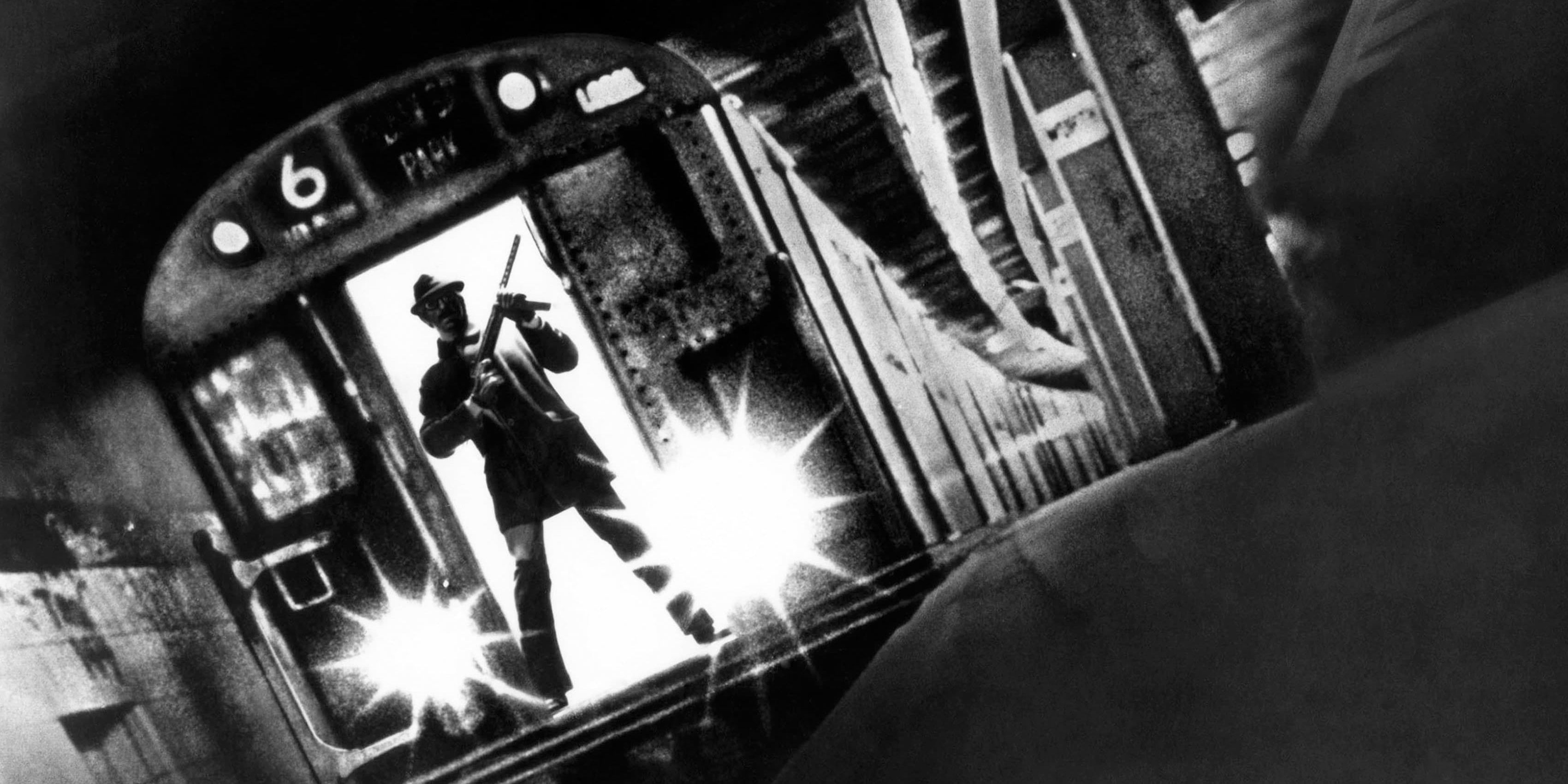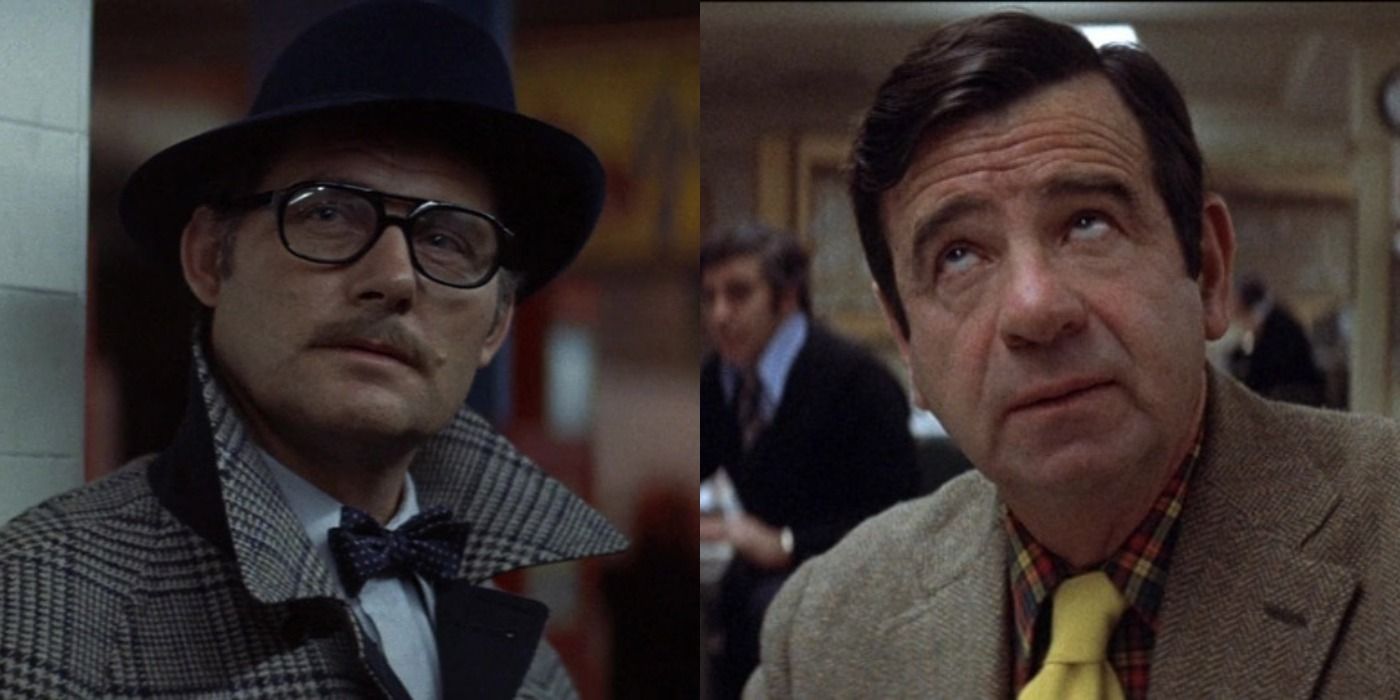Though there is plenty of competition in the streaming market these days, HBO Max is really emerging as a strong contender to the other big names. It first gained a lot of attention for its much-publicized and controversial decision to release its entire 2021 theatrical slate on the platform. Additionally, there have been some hot topic projects like Zack Snyder's Justice League and the Friends reunion special to gain further attention. But aside from the newer, popular projects, HBO Max has a number of hidden gems in its content library. In fact, one recent addition to the platform, The Taking of Pelham One Two Three, is an underrated masterpiece that is one of the most enjoyable crime movies of all time.
Based on the novel of the same name by John Godey, The Taking of Pelham One Two Three is a movie from 1974 directed by Joseph Sargent and starring Walter Matthau and Robert Shaw. It follows a group of four criminals who pull off a well-organized plot to hijack a subway car in New York City. The criminals demand the delivery of $1 million dollars or else they will begin executing the hostages. Meanwhile, a wisecracking transit police officer attempts to prevent the situation from turning into a bloody nightmare. It is a thrilling premise for the story, but what makes it all the more compelling is how the movie executes it by seeming to mash together two different types of movies.
As soon as the movie starts with its intense yet cool score, the audience is immediately sucked into watching this crime story unfold. The opening sequence kicks things off right away while also letting the pieces to this heist story fall into place in a beautiful way. As the audience follows the titular train out of Pelham station in New York City, an unassuming man in a hat, glasses, and trench coat boards the train. Then at the next stop, a similarly dressed man boards. Then a third at the next stop. Then a fourth. These are the quartet of criminals and their organized operation is cemented right away.
This is especially true when their leader, Mr. Blue (Robert Shaw) is introduced. He has an eerie calm and strange elegance to him that feels like a precursor to villains like Hans Gruber in Die Hard. Another possible influence of the movie is the criminals' codenames – Mr. Blue, Mr. Green, Mr. Grey, and Mr. Brown – which seems to have inspired a similar concept in Quentin Tarantino's Reservoir Dogs. Shaw and his men are chilling and effective villains, especially the loose cannon Mr. Grey (Hector Elizondo). As soon as they take the train, they seem in total control. Whenever the movie cuts to these scenes in the subway tunnel and in the captured subway car, it is a pulse-pounding heist thriller.
While the hostage-taking isn't played for laughs, everything outside that subway car is played as a comedy. The movie seems to take tremendous pride in its New York City attitude as the city in this movie is populated by amazingly colorful characters. This is really what makes the movie a classic and gives it a special kind of energy. It is as if a band of criminals from a hard-boiled crime story got transplanted into an episode of Seinfeld. They are ruthless men pulling off a deadly mission who demand to be taken seriously, but they are surrounded by a city of people who refuse to take anything seriously.
Seeing how these odd characters react to the tense situation is one of the joys of the movie. In fact, the first casualty of the movie is a loudmouth transit employee who refuses to back down even as Mr. Grey points a machine gun at him and yells, "Why don't you go grab a god**** airplane like everyone else?" And perhaps the funniest line in the whole movie which perfectly encapsulates the city's no-nonsense and wise-cracking attitude comes from a transit employee who advocates for a full-on assault of the train car. When someone reminds him there are hostages aboard, he responds "What the hell did they expect for their lousy 35 cents, to live forever?"
It is not an easy thing to balance the kind of comedy the movie is delivering with the legitimate tension of the hostage situation, but the movie pulls it off brilliantly. It even manages to get in some fun political humor as the movie frequently cuts to the city's whiny and very unpopular mayor who feebly deals with the crisis. When he is reluctant to go to the scene of the crime out of fear, his advisor assures him the criminals won't want to shoot him to which the mayor replies, "Why, do you think they're from out of town?" The perfect balance of the movie is wonderfully displayed between the hero and the villain. Lt. Garber (Matthau) and Mr. Blue (Shaw) mostly only speak to each other over the radio. Blue remains a cold and unmoving soldier unwilling to give the slightest leeway in his instructions while Garber mumbles, gets flustered, and cannot help but poke fun at his adversary.
The Taking of Pelham One Two Three is one of those perfect movies that is beloved by those who have seen it yet sadly overlooked in general. It has a strong enough reputation that it received the remake treatment in 2009 by director Tony Scott and starred Denzel Washington and John Travolta. Despite the talent involved, the movie sadly missed the fun of the original. It is played as a very serious thriller with a lot of violence but no humor, making it feel pointless. Hopefully, with its availability on HBO Max, more fans will discover it for themselves. If viewers are not convinced it is a masterpiece by the climax then allow the funny and terrific ending to convince them including a final shot guaranteed to leave a smile on anyone's face.
The Taking of Pelham One Two Three is now streaming on HBO Max.


